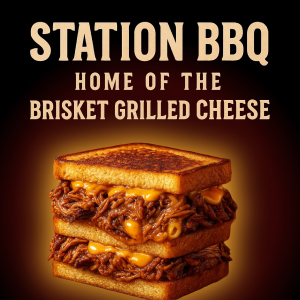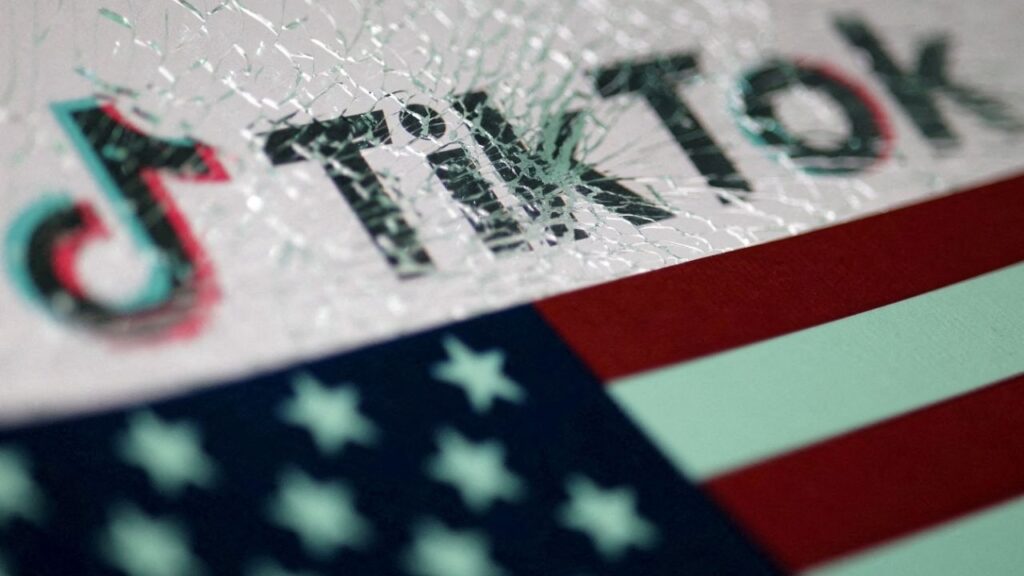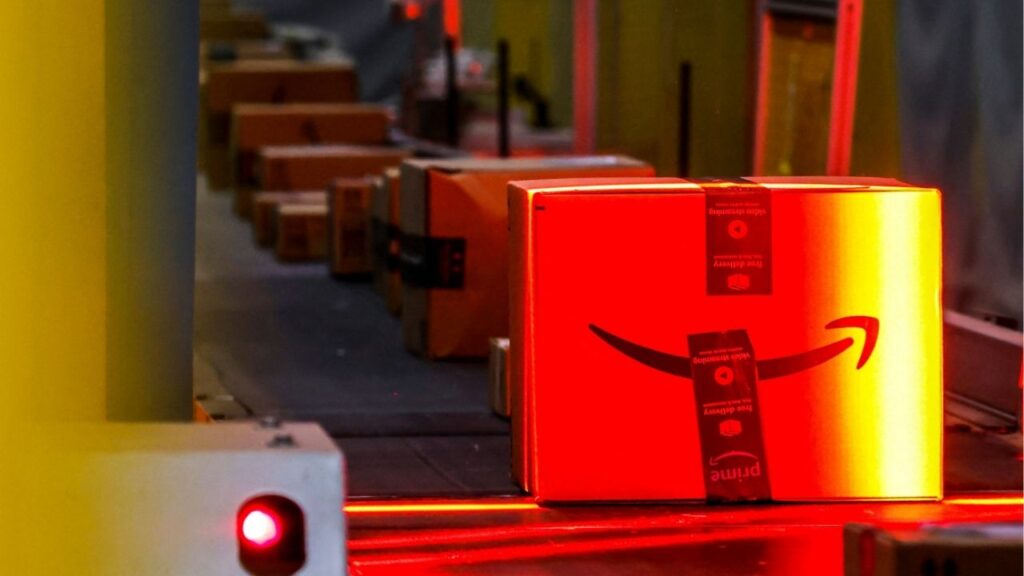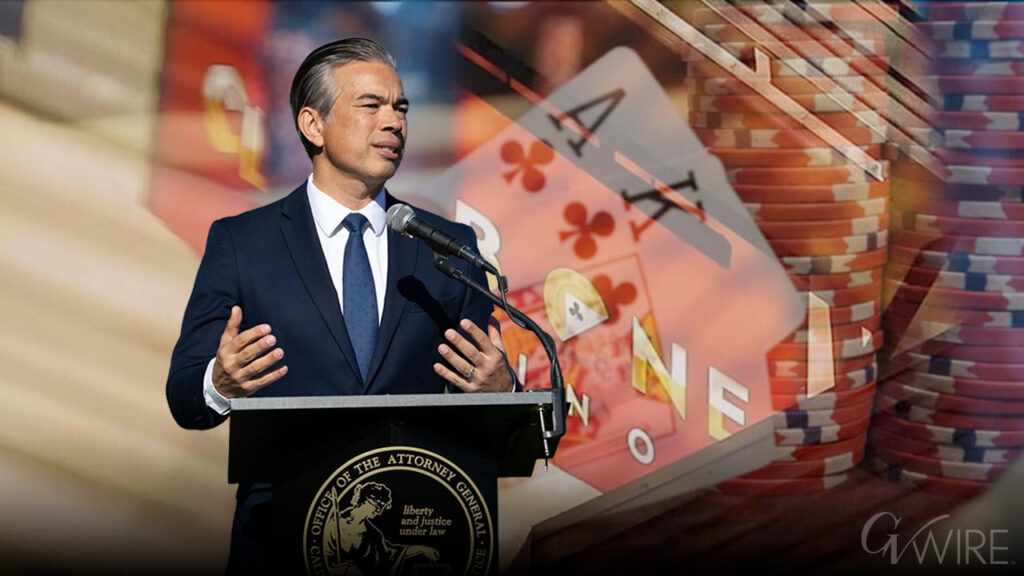Patrons eat from various sushi rolls at Kuma Sushi in Reno, Nev., on April 28, 2025. The bottomless-sushi restaurant is a frugal, flamboyant basic in this Nevada casino town. Can it survive in a time of rising prices? (Emily Najera/The New York Times)

- Reno's sushi restaurants offer endless, flamboyant rolls at budget-friendly prices, a city signature.
- The local all-you-can-eat sushi culture has birthed unique, Americanized creations often featuring creamy sauces.
- Rising food costs and tariffs threaten the sustainability of Reno's beloved all-you-can-eat sushi model.
Share
RENO, NEV. — The décor may be minimal at Hinoki Sushi, but the Godzilla rolls are endless.
Inside this Reno, Nevada, restaurant on a sunny Monday afternoon, platters of sushi streamed out of the kitchen like floats in a parade, each roll drizzled with pastel-hued sauces, confettied with furikake or crowned with haystacks of imitation crab. The Godzilla roll — a Reno special overflowing with whitefish, teriyaki sauce, hot sauce, spicy mayonnaise, green onions and sesame seeds, the whole thing deep-fried in tempura batter — graced almost every table. Diners dipped liberally into trays of ponzu, Cajun and honey-mustard sauces.
The price for this spread? $27.99 per person.

At a time when food prices remain bloated, tariffs threaten supply chains and the big casino-town buffet appears endangered — Reno has a thriving ecosystem of all-you-can-eat sushi that, for now, remains relatively inexpensive.
A City Signature: Limitless Sushi
Here in mountain-capped Reno — a kind of Las Vegas Lite, brimming with neon and a smattering of casinos, that serves as a stopover for many travelers to Lake Tahoe — nearly all of the 50 or so sushi restaurants are all-you-can-eat. Limitless sushi has become such a given that à la carte sushi restaurants rarely survive beyond a year, said Mike Higdon, a local food writer and photographer.
Born of the American sushi boom of the 1990s and the value-oriented culture of Reno, where you can still find $9.99 steak-dinner specials, all-you-can-eat sushi has become a city signature, especially as bottomless meal deals vanish elsewhere, Higdon said.
“There is a lot of pride in all-you-can-eat here,” he added. “We know that we are the mecca.”
Slot machines at Club Cal Neva, a casino that serves up meals for locals, in Reno, Nev., on April 31, 2025. The bottomless-sushi restaurant is a frugal, flamboyant basic in this Nevada casino town. Can it survive in a time of rising prices? (Emily Najera/The New York Times)The baroque fantasias on Reno tables look nothing like the sushi you would find in Japan, where the emphasis is on simplicity and pristine freshness. The high cost of seafood and local restaurants’ need to offer bounty and variety have birthed a flamboyant cuisine in which the fish is almost beside the point.
Reno’s sushi menus are a roster of punchy proper nouns followed by lengthy descriptions, like the Playboy: cream cheese, onion, tempura shrimp, red snapper, avocado, jalapeño and both ponzu and habanero sauces. Or the Mickey: seared tuna with avocado, crab, unagi sauce and Sriracha, so named for its apparent resemblance to the Disney mascot. (The likeness is murky.)
“I am sure all-you-can-eat sushi would horrify Japanese people,” Higdon said. But being abundant, inexpensive and loaded with creamy sauces, “it’s an extremely American way to eat sushi.”
There are, notably, few Japanese people involved in Reno’s sushi restaurants. Like one-quarter of the city’s 274,000 residents, many of the sushi chefs are Latino, said Khai Duc Du, owner of Hinoki Sushi. (Japanese sushi chefs, he said, tend to work in higher-end restaurants in cities like Las Vegas and New York.)
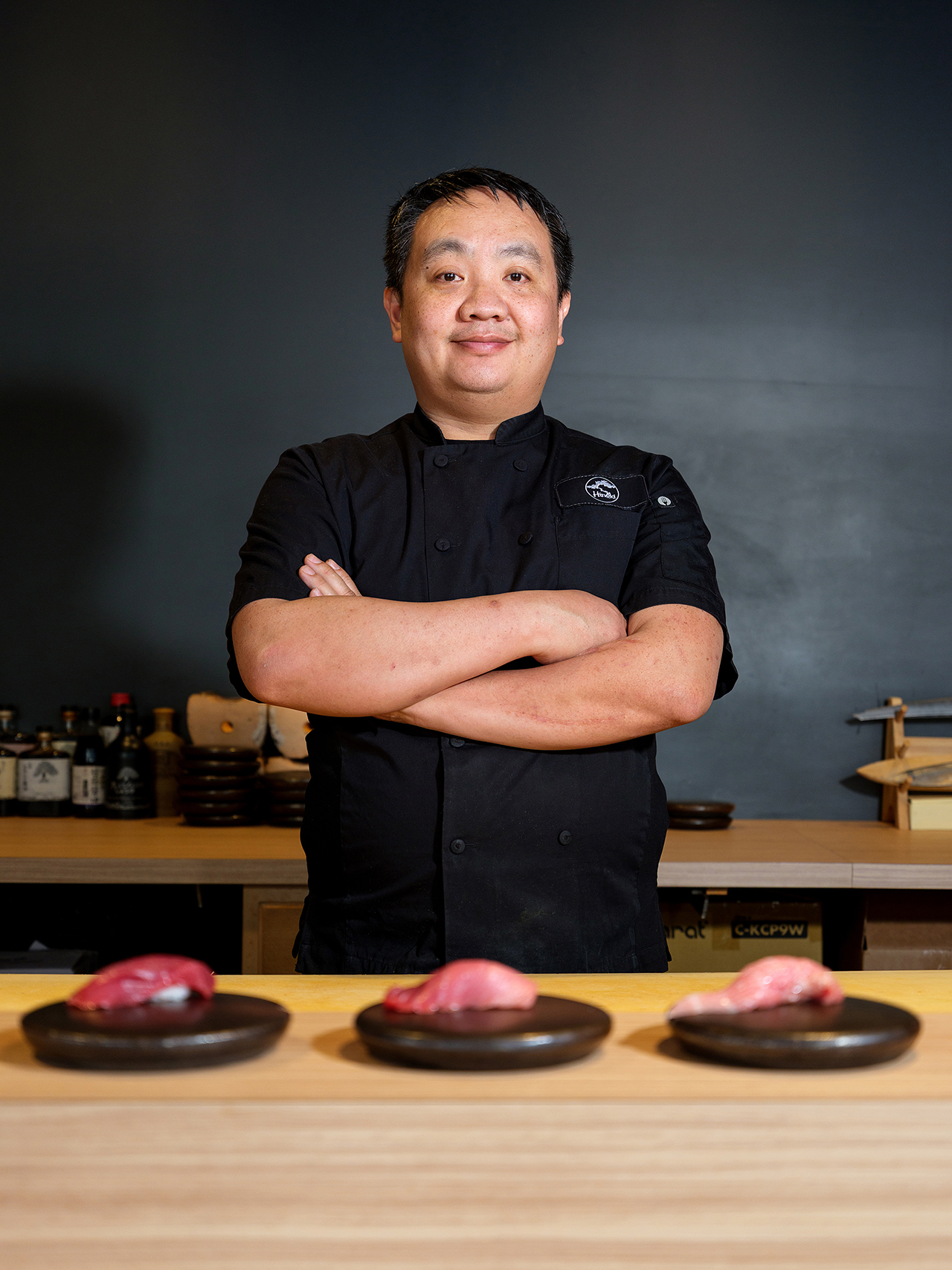
As a result, Latino flavors have made their way onto the menu. Oscar Robles, a sushi chef at Hinoki, designed a roll called the Odd Future that marries salmon, cilantro, onion and tempura jalapeños with a lining of avocado slices and streaks of lemon honey, habanero and teriyaki sauces.
Amy Arias, a communications professor at the University of Nevada, Reno, was having an early dinner with her family one recent afternoon at Hinoki. She comes at least once a month, even though she doesn’t like raw fish.
“It’s more about the combination of flavors than it is about the fish,” she said. “The idea of the taste of the fish coming through — no, thank you.”
Reno is the only city where Arias will even eat sushi, as it’s hard to beat the price. “When you go to other places, it’s by the roll,” she said. “It’s jarring.”

Jongsoo Park, who opened Kuma Sushi two years ago, said she wanted to serve premium species like sea urchin and spot prawns, but the expense would have forced her to adopt an à la carte menu. She instead opened an all-you-can-eat restaurant, which she says became profitable almost immediately.
“We have to take care of three kids,” she said. “We can do high-quality later.”
But an all-you-can-eat sushi restaurant turns a profit only when selling at high volumes, and that’s becoming more difficult, Du said. “We are oversaturated,” he said. “We have 50 all-you-can-eat restaurants for 300,000 people.”
Challenges to the AYCE Model
With competition that stiff, profit margins are growing slimmer. And President Donald Trump’s 145% tariff on imports from China has already driven up prices of ingredients like seaweed and eel, Du said.
The first place in Reno to serve all-you-can-eat sushi, according to restaurateur Tony Sin, was likely Sushi and Teri, which opened in 1989 and at some point began offering a bottomless option at its sushi bar. Sin, who opened his own Sushi Club in 1997, went a step further, offering all-you-can-eat sushi at tables.

“Everybody was talking about healthy food, and omega-3s from salmon,” he said. Because sushi was considered a high-end food, he marketed the meal deal as offering both health and value. Other owners adopted that model, and the restaurants multiplied.
The continued reign of all-you-can-eat sushi in Reno owes a lot to one buyer, Miyuki Wong.
Wong — who works at the local food distributor Sierra Meat & Seafood — supplies more than three-quarters of Reno’s all-you-can-eat sushi restaurants, selling $200,000 worth of fish each week.
She started as a salesperson at another distributor in 1997. “I am Japanese, and so they were like, ‘You handle the sushi,’” she said.
As bottomless sushi boomed and even casinos started offering it, Wong was buying increasingly larger volumes and obtaining bigger discounts from suppliers across the country and the world.
For all-you-can-eat sushi restaurants to survive, “I have to be able to sell at a certain price,” she said over lunch at Tokyo Sushi, as she sized up a platter of tuna and hamachi set atop a garden salad and impaled with pink and blue cocktail umbrellas. “I know the market, I know the competition, and I know where I have to be. I have great relationships.”

She sells mostly cooked and frozen fish, as it’s less expensive than fresh. Locals have become so used to the taste, she said, that some restaurants that tried incorporating fresh fish switched back to frozen because customers preferred it.
“They thought the fresh was not light enough in color,” she said. “It was sort of strange that they preferred what they were used to rather than the real deal.”
She’s unsure whether all-you-can-eat sushi can stay affordable under the new tariffs. She recently bought 100 cases of eel from China for $11.90 a pound, before the price jumped to $13.95. Last year, she paid $8.40.
Some restaurateurs have already taken preventive measures. Heejin Polon, owner of Sushi Pier, one of Reno’s oldest all-you-can-eat sushi restaurants, has added several inexpensive appetizers like dumplings and edamame, so customers order less sushi. She also sells poke bowls as an add-on to increase check totals.
Du has made a more drastic shift. Three years ago, he opened Hinoki O, the city’s first omakase restaurant, serving a set menu of fresh, unadorned fish — a sharp departure from the local style.

He can’t get the fish he needs from local suppliers, so he has had to create new supply chains for acquiring high quality seafood from abroad. At first, he said, customers were skeptical of paying $100 for 10 pieces of fish when they could pay $27.99 for unlimited fish at his other restaurant.
Slowly, though, business has picked up, especially with the influx of technology workers from bigger cities, where omakase restaurants are more common.
As costs rise, Du is also considering removing the all-you-can-eat option altogether at Hinoki Sushi.
À la carte sushi? In Reno? “I’m a strong believer it can work,” he said.
—
This article originally appeared in The New York Times.
By Priya Krishna/Emily Najera
c. 2025 The New York Times Company






